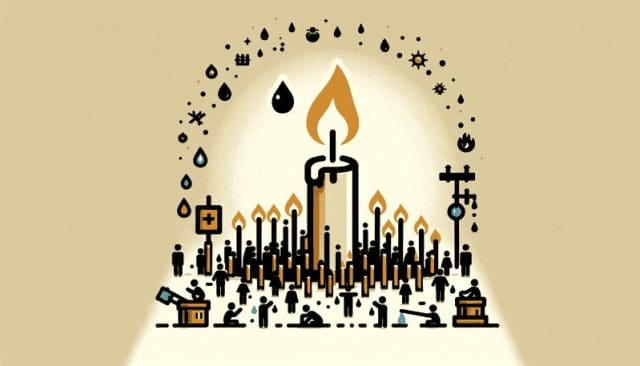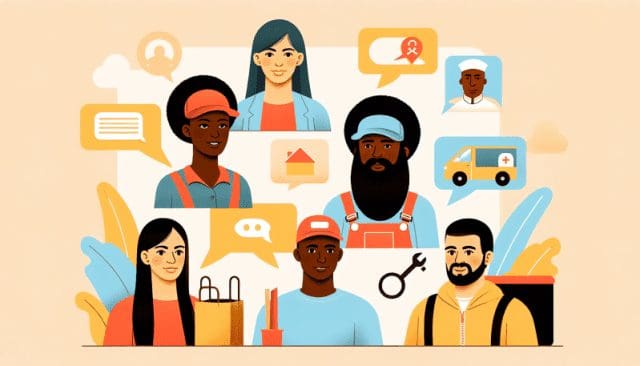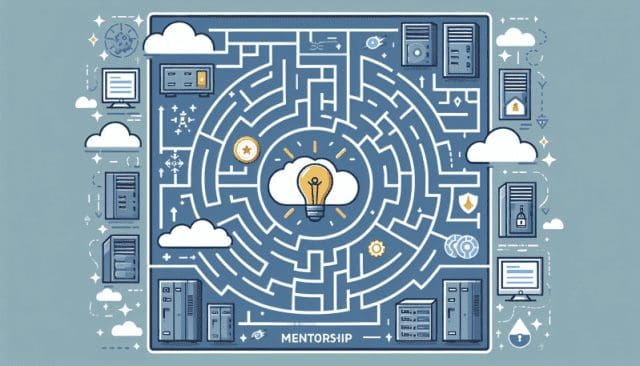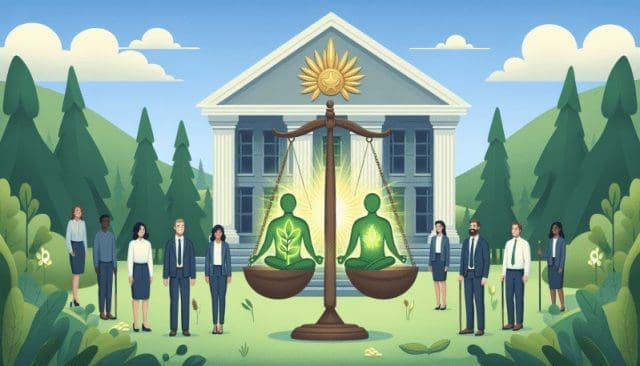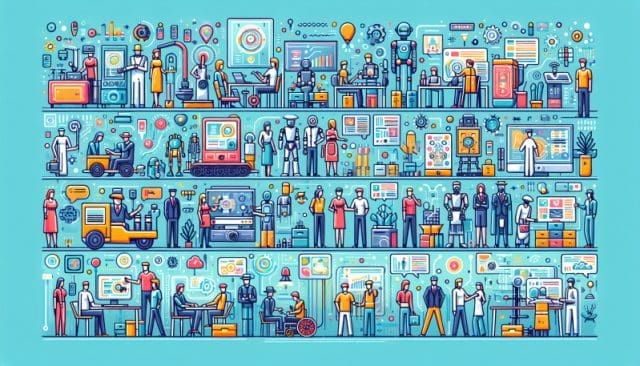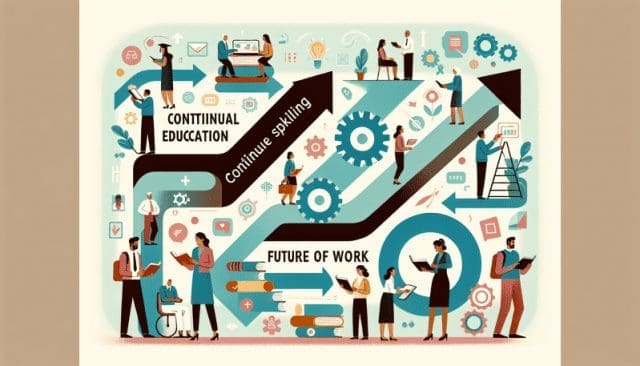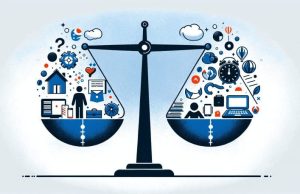The Hidden Epidemic of Burnout in the Nonprofit Sector: Igniting a Culture of Self-Care
In the heart of every nonprofit organization beats a mission-driven ethos, fueling individuals with a passion to make a tangible difference in the world. However, within this noble pursuit often lies a shadowed truth—the hidden epidemic of burnout. As altruism intersects with reality, many in the nonprofit sector find themselves wrestling with high stress levels, resource constraints, and an unspoken expectation to prioritize work above all else. Burnout, an insidious force, simmers beneath the surface of dedication and silently erodes the well-being of the very individuals striving to serve others.
The symptoms of nonprofit burnout are not dissimilar to those experienced in the corporate world—chronic fatigue, diminished productivity, and a sense of disillusionment. Yet, they are accentuated by the unique pressures inherent to nonprofit work. Funding uncertainties, the emotional toll of advocacy, and often understaffed environments create a perfect storm for stress. Despite these challenges, conversations surrounding burnout in nonprofits lag behind, leading to a workforce teetering on the edge of exhaustion.
Addressing this crisis requires more than band-aid solutions; it demands a cultural shift towards self-care and resilience. Nonprofit leaders must begin by acknowledging the issue and then proactively work to dismantle the stigma surrounding self-care in the workplace. This shift involves promoting a balance between service to others and self-preservation, acknowledging that the two are not mutually exclusive but rather interdependent.
Actionable strategies for nonprofit leaders include implementing flexible work arrangements, encouraging regular breaks and time off, providing mental health support, and establishing boundaries to prevent work from seeping into personal life. Leaders can also nurture a supportive community within the organization, fostering open dialogues about stress and burnout, and celebrating collective achievements as well as individual well-being.
Compared to for-profit entities, where employee well-being programs are increasingly common, nonprofits must grapple with the reality of limited budgets. However, investing in staff wellness is not a luxury; it’s a strategic move. Nonprofits that prioritize their workers’ health inevitably see long-term benefits. Improved employee engagement, retention, and productivity directly translate into sustained mission impact.
Leaders in the nonprofit sector have an opportunity to reframe the narrative around work and well-being. By setting an example and cultivating a culture that truly values self-care, they can safeguard their teams against burnout. As a result, they strengthen their organization’s capacity to make a difference—a testament to the idea that caring for oneself amplifies one’s ability to care for others.
In short, nonprofit organizations must embrace a holistic approach that recognizes the humanity of their workforce. The road to a healthy, sustainable nonprofit sector is paved with the acknowledgment that those who dedicate themselves to serving others need and deserve to be nurtured in return.
















